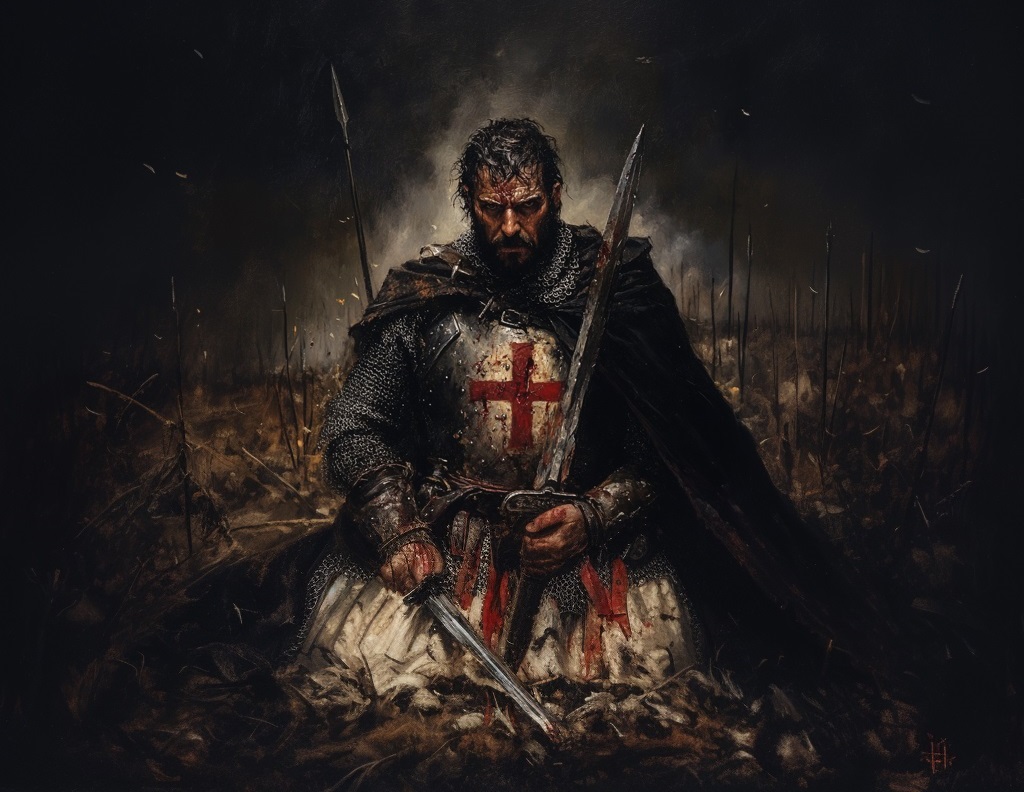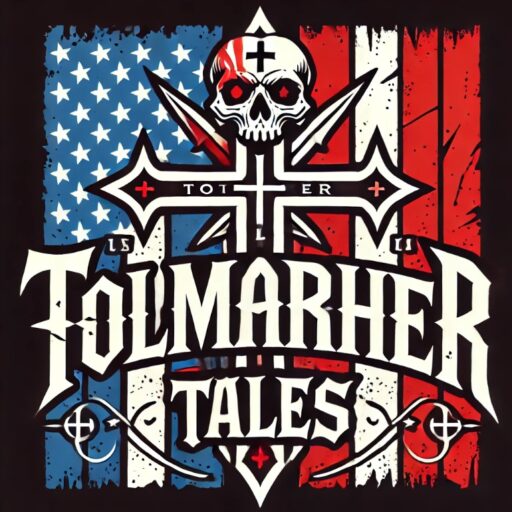Malta 1565: Blood, Cross and Steel

In the days when the fate of Europe hung by a thread, when the Ottoman crescent loomed like a specter over the heart of the Mediterranean, a tiny island stood as the last wall between Christian civilization and the abyss. That island was Malta. And this is the story of its resistance, its fire, its unbreakable soul. This is the story that Tolmarher has transformed into a novel: Hawk Island, an epic of steel, blood, and impossible love.
In the Year of Our Lord 1565, the Ottoman Empire, under the aging yet still fearsome Suleiman the Magnificent, launched one of the most colossal offensives ever conceived against a Christian stronghold. Malta, the insignificant rock lost between Sicily and Libya, was the target. But it was not just a rock. It was the bastion of the Knights of the Order of Saint John, warrior monks forged in the Crusades, heirs of Rhodes, witnesses to centuries of blood and sacrifice. Malta was their last refuge… and perhaps their final tomb. Or their eternal glory.
Tolmarher does not recount these events with the dryness of a chronicler. No. His prose draws from the soul of history and breathes into it life, pain, and beauty. Like a Mediterranean George R. R. Martin, he traces with a blade of ink the intertwined fates of men and women facing the impossible. And he does so not from the cold thrones of noble halls, but from the guts of battle, from the broken gaze of the soldier, from the choked scream of the lover.
The novel introduces us to Sancho Daudén, a young Aragonese man torn from his homeland by betrayal, injustice, and fanaticism that punishes him for loving whom he should not: Fátima, a Mudéjar woman accused of witchcraft and burned alive by order of the Inquisition. His journey, from the icy hills of Cantavieja to the smoldering ruins of Fort St. Elmo, is a descent into hell and a climb toward heroism. The dagger he wields, a vizcaína inherited from his father, becomes a symbol of his broken yet unyielding will. Sancho fights to redeem himself, to find in war the punishment or salvation his soul craves.
Alongside him stands Geovani Casiraghi, a sergeant of the Hospitallers, whose hardened exterior clashes with the fragility of his humanity. Cynical, drunk, quarrelsome, he is one of those characters that breathe truth. His relationship with Isabella Sberna, a Maltese woman carrying her own personal Calvary, offers the emotional counterpoint: love amid plague, shrapnel, and collapse. Their story, marked by sarcasm and tenderness, becomes a line of resistance against the dehumanization that war imposes.
There’s Bartolomé, the old gunner who refuses to die without dragging Turks with him from the ramparts of St. Elmo. Jean de la Valette, Grand Master, whose gaze of iron and unwavering faith commands his knights with the certainty that to die for Malta is to live forever. Uluj Ali, renegade and corsair, a sea beast whose fury drags entire villages into slavery. Each character becomes an echo of a greater tragedy: that of the European soul confronted with its destiny.
The real history that underpins this novel needs no embellishment. In 1565, more than two hundred Ottoman ships and tens of thousands of janissaries, sipahis, and corsairs descended upon Malta to annihilate it. The defenders numbered barely nine thousand, many of them Maltese peasants and craftsmen. Fort St. Elmo, the first line of defense, resisted beyond all expectation for over a month, costing the enemy the life of Dragut, their finest commander. Birgu and Senglea, the two heroic cities, endured months of inhuman artillery fire, endless assaults, plague, and famine.
Tolmarher recreates that siege as a sacred and tragic song. The reader smells the gunpowder, feels the splinters fly with every cannon blast, hears the clamour of prayers and the cries of the dying. Yet they also perceive the hope that burns in the impossible: the oath to resist to the last man, the last wall, the last breath. Each death is not an end, but a promise carved in stone and fire.
True to his style, the author does not romanticize war. Every victory bears a cost. Every act of courage leaves a scar. Malta is not the setting of a chivalric tale, but the stage of a Shakespearean tragedy where each character must face not only the enemy, but their own darkness. Faith becomes a double-edged blade, duty a sentence, redemption a shattered illusion.
And yet, there is beauty. Because even in the abyss, the human being shines. The novel is studded with small lights: the gesture of an old man who refuses to flee, the final kiss between two lovers who know there will be no tomorrow, the shared prayer in a crypt’s darkness while the world collapses above. Moments that Tolmarher turns into lightning bolts of humanity amidst the storm.
Hawk Island is more than a historical novel. It is a testimony. An elegy for a world sustained by the will of a few. A warning, too, about what happens when fanaticism wears the garb of flags and duty becomes punishment. It is a story that crawls through mud, trembles in crypts, screams from the battlements under enemy fire. It is a story that hurts. But also a story that endures.
With an immersive style, filled with authentic detail and dialogue that crackles with power, Tolmarher has written one of his most intense and mature works. His Malta is no mere backdrop: it is a living character. Its walls breathe, its churches bleed, its roads echo with the footsteps of history.
For readers who admire the novels of Bernard Cornwell, Ken Follett, or the epic backdrops of Game of Thrones, this book will be a discovery. And for those seeking something more—a story that moves, that challenges, that leaves a mark—this is the novel they have been waiting for.
Because Malta resisted. Because there were men and women who refused to surrender. Because history is not written only by the victors, but also by those who chose to die standing. Those who chose to burn rather than kneel. Those who, even with death upon them, murmured a prayer and drew their sword.
Will you dare to read it?
Ver esta publicación en Instagram
![]()










